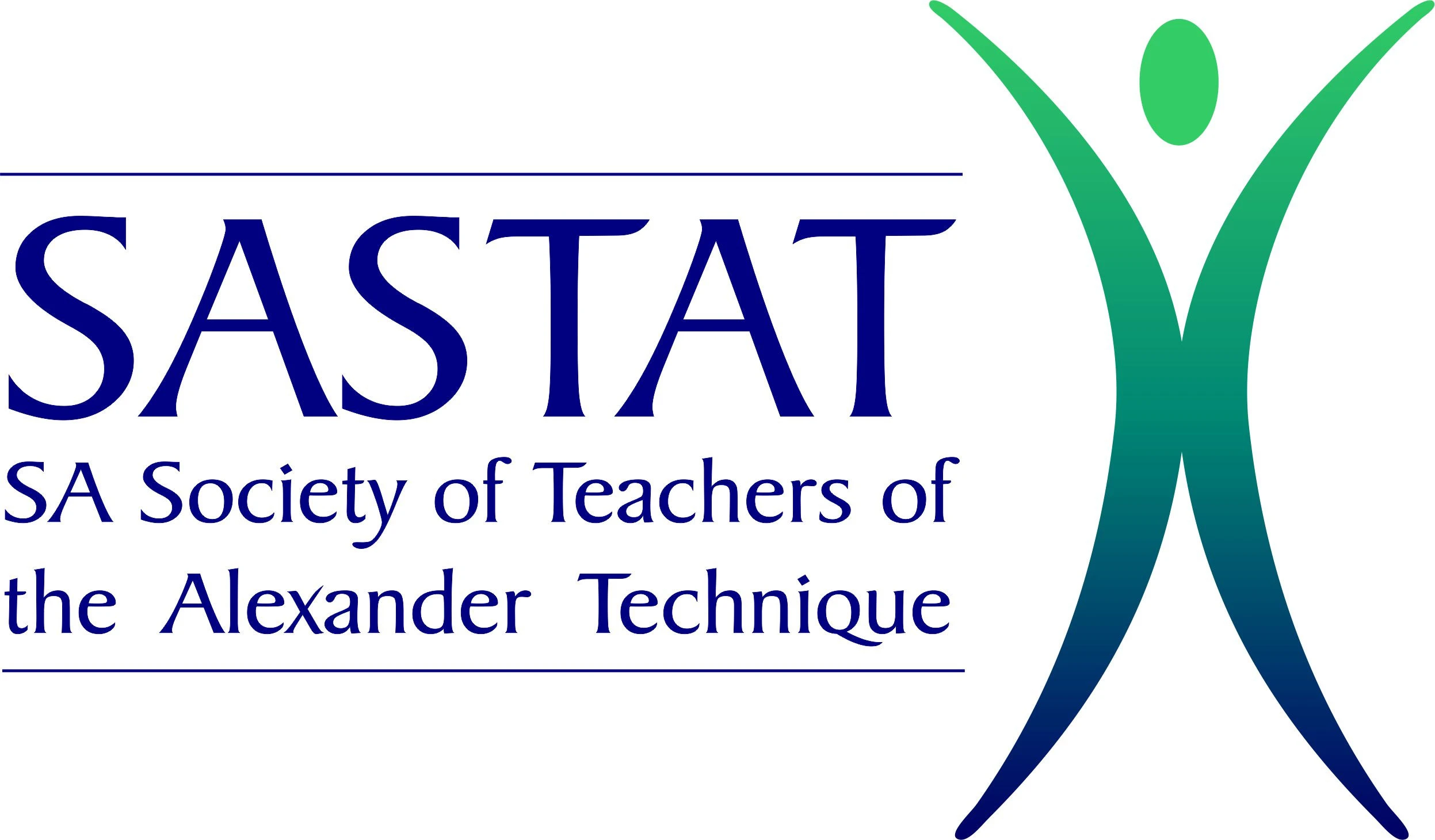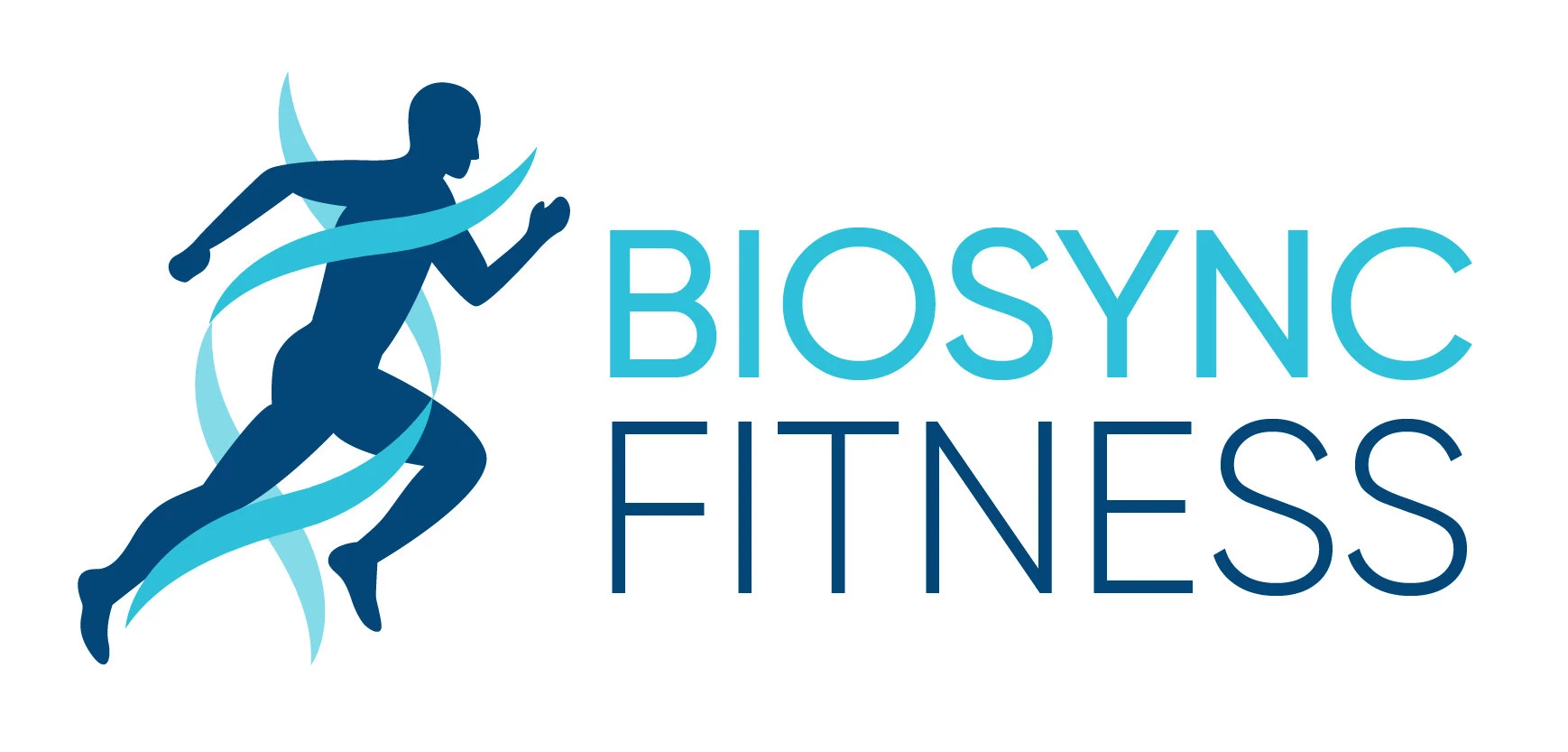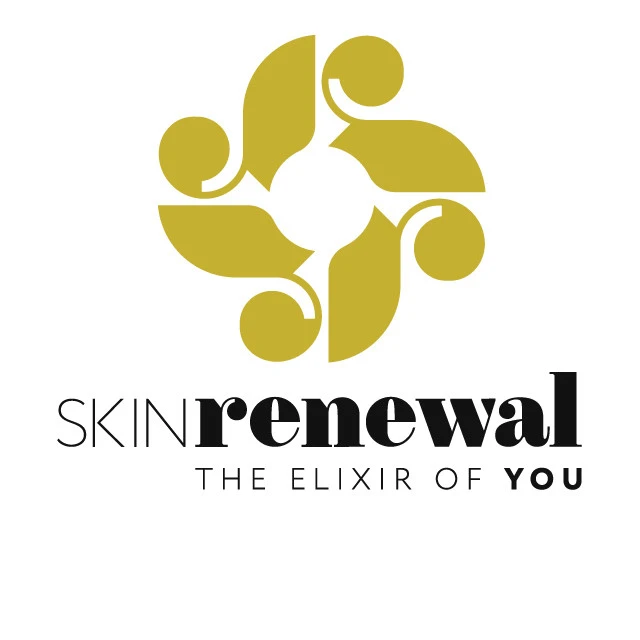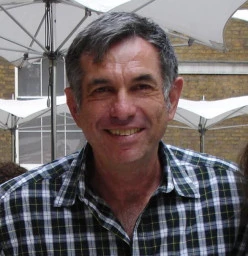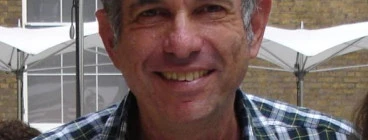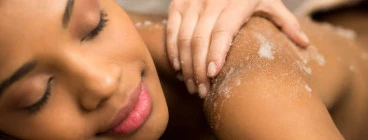- 1 Groot Constantia Road, Constantia 7806, Western Cape
- Services Llandudno and 9 other suburbs
- Awards: #6 Most Popular in Atlantic Seaboard for 2024
Bodyworks - Llandudno (7806)
Atlantic Seaboard, Cape Town Metropolitan, Western Cape
Best match results for bodyworks in Llandudno + 5km.
LAMELLE LUMINOUS GLOW EXCLUSIVE DEAL R2430.00
Validity: from 01 Apr 2025 to 30 Apr 2025
Give your skin the radiance it deserves with our limited-time Lamelle Luminous Glow Exclusive Deal. When you purchase Lamelle Luminesce Rich and Lamelle Correctives Brighter Serum, you’ll receive a FREE Lamelle Luminesce Brightening Cleanse 125ml, saving more than R300. This bundle is your complete routine for achieving luminous, healthy-looking skin. It is perfect for anyone dealing with uneven skin tone, hyperpigmentation, melasma, or dull skin. Why Choose the Lamelle Luminous Glow Bundle? This exclusive deal combines three of Lamelle’s most effective brightening products. These products target pigmentation, skin discolouration, and dullness while nourishing and restoring your skin barrier. 1 x Lamelle Luminesce Rich: Perfect for dry or mature skin types, this rich moisturiser restores skin hydration, repairs the skin barrier, and visibly improves skin tone. 1 x Lamelle Correctives Brighter Serum: A powerful serum designed to safely lighten hyperpigmentation without irritation or sun sensitivity. Your Free Gift 1 x Lamelle Luminesce Brightening Cleanse (125ml): A gentle yet effective foaming cleanser suitable for all skin types, especially those with pigmentation or sun damage. Who Is This Bundle For? • Anyone with melasma, sun spots, age spots, or uneven skin tone • People looking for hydrating skincare for pigmentation • Individuals with dry or mature skin needing barrier support • Those wanting a non-irritating and effective brightening solution Don't miss this chance to save over R300 and transform your skincare routine with this doctor-developed, pigmentation-focused bundle from Lamelle. Achieve a radiant, even-toned complexion – naturally. Order now and enjoy FREE delivery on your bundle! Lamelle Luminous Glow Exclusive Deal is available between 1-30 April 2025 or while stock lasts. Key Ingredients: Peptides, Ceramide-P, Niacinamide, Arbutin, Ferulic acid, Turmeric Plant Extract
LAMELLE LUMINOUS GLOW EXCLUSIVE DEAL R2430.00
Validity: from 01 Apr 2025 to 30 Apr 2025
Give your skin the radiance it deserves with our limited-time Lamelle Luminous Glow Exclusive Deal. When you purchase Lamelle Luminesce Rich and Lamelle Correctives Brighter Serum, you’ll receive a FREE Lamelle Luminesce Brightening Cleanse 125ml, saving more than R300. This bundle is your complete routine for achieving luminous, healthy-looking skin. It is perfect for anyone dealing with uneven skin tone, hyperpigmentation, melasma, or dull skin. Why Choose the Lamelle Luminous Glow Bundle? This exclusive deal combines three of Lamelle’s most effective brightening products. These products target pigmentation, skin discolouration, and dullness while nourishing and restoring your skin barrier. 1 x Lamelle Luminesce Rich: Perfect for dry or mature skin types, this rich moisturiser restores skin hydration, repairs the skin barrier, and visibly improves skin tone. 1 x Lamelle Correctives Brighter Serum: A powerful serum designed to safely lighten hyperpigmentation without irritation or sun sensitivity. Your Free Gift 1 x Lamelle Luminesce Brightening Cleanse (125ml): A gentle yet effective foaming cleanser suitable for all skin types, especially those with pigmentation or sun damage. Who Is This Bundle For? • Anyone with melasma, sun spots, age spots, or uneven skin tone • People looking for hydrating skincare for pigmentation • Individuals with dry or mature skin needing barrier support • Those wanting a non-irritating and effective brightening solution Don't miss this chance to save over R300 and transform your skincare routine with this doctor-developed, pigmentation-focused bundle from Lamelle. Achieve a radiant, even-toned complexion – naturally. Order now and enjoy FREE delivery on your bundle! Lamelle Luminous Glow Exclusive Deal is available between 1-30 April 2025 or while stock lasts. Key Ingredients: Peptides, Ceramide-P, Niacinamide, Arbutin, Ferulic acid, Turmeric Plant Extract
ALEX. TECHNIQUE - YOU CAN LEARN ONLINE
Validity: from 11 Jun 2020 to 11 Jun 2035
UNLEARN THE UNWANTED HABITS - PHYSICAL& EMOTIONAL - WHICH CREATE TENSIONS IN THE BODY. REDUCE STRESS ENHANCE MIND, BODY INTEGRATION. Who WOULD BENEFIT * ANYONE SUFFERING FROM BACK, SHOULDER OR NECK TENSIONS. * ANYONE WHO SPENDS LONG HOURS ON THE COMPUTER * FITNESS ENTHUSIASTS AND SPORTS PEOPLE * ANYONE WANTING TO ENJOY GREATER POISE AND CO=ORDINATION ONLINE SESSIONS ARE 150 RAND FOR 45MIN
Other related businesses in and around Llandudno (within 20km)
Welcome to Zen Wellness, your sanctuary for holistic well-being and transformative personal growth. We offer a versatile blend of services, including counselling, bodywork, movement, energy work, and life coaching. Each modality is thoughtfully designed to support your unique journey towards profound transformation. Our counselling services provide a compassionate environment for introspection, empowering you with insights and emotional resilience tailored to your personal challenges. Bodywork... Read more
Biosync Fitness is a Personal Training service offered in the Claremont area by Cameron Tonkin. You must be a member of Virgin Active in order to participate in this service. I am a qualified Personal Fitness Training and Sports Conditioning Professional. I approach training from a holistic perspective with an emphasis on correcting posture and establishing a solid foundation for exercise. I can help you reach your goals with a routine that's both realistic and rewarding. I offer: Personal... Read more
We are a team of passionate and dedicated Physiotherapists. We are fascinated by the human body and are happiest when analysing movement patterns/figuring out the source of the issue (we don't like to treat only the site- that is often inneffective and boring!!). We also offer on-site Pilates, Yoga, Gyrokinesis and conditioning classes for runners. We use mostly our brains and hands during treatment sessions, but where need be we use needles and strapping. Tamsin Hodgson Physiotherapy is an established... Read more
LAMELLE LUMINOUS GLOW EXCLUSIVE DEAL R2430.00
Validity: from 01 Apr 2025 to 30 Apr 2025
Give your skin the radiance it deserves with our limited-time Lamelle Luminous Glow Exclusive Deal. When you purchase Lamelle Luminesce Rich and Lamelle Correctives Brighter Serum, you’ll receive a FREE Lamelle Luminesce Brightening Cleanse 125ml, saving more than R300. This bundle is your complete routine for achieving luminous, healthy-looking skin. It is perfect for anyone dealing with uneven skin tone, hyperpigmentation, melasma, or dull skin. Why Choose the Lamelle Luminous Glow Bundle? This exclusive deal combines three of Lamelle’s most effective brightening products. These products target pigmentation, skin discolouration, and dullness while nourishing and restoring your skin barrier. 1 x Lamelle Luminesce Rich: Perfect for dry or mature skin types, this rich moisturiser restores skin hydration, repairs the skin barrier, and visibly improves skin tone. 1 x Lamelle Correctives Brighter Serum: A powerful serum designed to safely lighten hyperpigmentation without irritation or sun sensitivity. Your Free Gift 1 x Lamelle Luminesce Brightening Cleanse (125ml): A gentle yet effective foaming cleanser suitable for all skin types, especially those with pigmentation or sun damage. Who Is This Bundle For? • Anyone with melasma, sun spots, age spots, or uneven skin tone • People looking for hydrating skincare for pigmentation • Individuals with dry or mature skin needing barrier support • Those wanting a non-irritating and effective brightening solution Don't miss this chance to save over R300 and transform your skincare routine with this doctor-developed, pigmentation-focused bundle from Lamelle. Achieve a radiant, even-toned complexion – naturally. Order now and enjoy FREE delivery on your bundle! Lamelle Luminous Glow Exclusive Deal is available between 1-30 April 2025 or while stock lasts. Key Ingredients: Peptides, Ceramide-P, Niacinamide, Arbutin, Ferulic acid, Turmeric Plant Extract
Book a session with Barry Kantor at Alexander Technique Cape Town. We are less than 2 km from central Cape Town. Trained in London at the Centre for Training, Barry has over twenty years experience helping people from all walks of life. Find out how Alexander Technique can help in your everyday living, working, sports, acting, performing. Learn how to use yourself better, take control over your life, improve your relationship with yourself and others. Become more conscious by learning how to... Read more
Shamanessence Products & Services is an umbrella of the Healing Arts. Services offered include: Shamanessence Products Applied Kinesiology Emotion Codes, Body Codes. Remote healing. Animal healings. Structural Healing Bodywork The Feldenkrais Method. Neuro muscular re education. Classes in Awareness Through Movement, and Feldenkrais Method's hands on lessons in Functional Integration. Flower Essence Therapy: vibrational medicine. Space/Land/Office Cleansing & Transmutation Processes.... Read more
Our little piece of heaven in the heart of Cape Town. Come enjoy a warm cup of coffee and see our space. A beauty studio that caters for ALL! We offer treatments such as; waxing, threading, eyelash and eyebrow extensions, permanent makeup, facials, manicures, pedicures, gel application, acrylic tips, massages, back cleanse, teeth whitening, laserlipo, slimming blanket, tattoo removal, hair removal, pigment therapy, vascular therapy, skin tightening and breast lifting. Read more
Bareskin is a South African based Laser Hair Removal specialist company. We are the manufactuter and provides of Bareskin IPL Laser Hair Removal handset. We make laser hair removal easy, safe and cost effective. Laser hair removal is the process of removing body hair by exposing it to laser light pulses. The light pulses enter the skin and send the hair follicle a message to stop growing. Laser hair removal has been around for over the last 40 years but only became commercially available in the... Read more
The 'Breathing Room' is a private Wellness practice situated in Cape Town I am trained in Specialised Kinesiology, Systemic/Family Constellations and as an End of Life Companion/Doula. In our work together, I aim to balance body, mind, heart and essence towards the integration and unfolding of all your elements. Knowing that we can live in good relation with ourselves, each other, the Earth and the Sacred permeates my being and work. By appointment only. Please call during office hours... Read more
My personal BSR journey started 15 years ago. My sporting history included surfing, dancing and bootcamp, which together with a stressful job, going through a divorce and raising my young children, put a tremendous strain on my body from a mechanical and emotional perspective. I suffered intense lower back pain, numb feet, tingling hands and debilitating depression. My lower back pain became so severe that I was advised to not do any sport and definitely NOT to dance! Imagine my amazement when... Read more
- 11 eaton road, Tamboerskloof 8001, Western Cape
- 10-20 km from Llandudno
A sound evidence based approach is a core philosophy in Hilton's practice. He practices diversified technique which blends both soft tissue therapy and chiropractic manipulation. Hilton is passionate about movement and mobility. Our rates are affordable and we are affiliated to all major Medical aids. Services include: - Chiropractic Adjustments - Soft tissue therapy - Dry Needling - Laser therapy - Instrument Assisted soft tissue therapy Read more
Ginkgo Express Spa at the Winchester Mansions Are you pressed for time? Ginkgo Express offers a variety of express spa services for that quick escape from your Busy Schedule! We have learned to understand that your “me time' is a precious and often a rare commodity. There are times where schedules get busy, and moments where a slower pace is essential. We’ve designed the service offering to meet expectations of both worlds. Our 'express' treatments such as the popular Back, and Neck... Read more
Registered Therapeutic Reflexology. Benefits of Reflexology: Improves stress related conditions - Headaches, Constipation etc. Immune Boosting Improves sleep quality Detox the body Balances the body , mind and soul. Very effective for pain relief Helps with neuropathy and can help reduce the side effects of Cancer Treatments. Improves circulation which is beneficial for diabetes. Read more
- 59 Belvedere Road, Claremont 7708, Western Cape
- 10-20 km from Llandudno
- 154 Sea Point Main Road, Sea Point 8005, Western Cape
- 10-20 km from Llandudno
BODYROLL is the most effective, non-invasive method for cellulite reduction. It is also highly effective in weight loss, muscle recovery and lymphatic drainage. While the massage aspect feels wonderful, the technology is breaking down fatty tissues that lead to cellulite and dimpled skin. Read more
Sarah Davies runs two Body Stress Release practices - one established in 2010 at the Milnerton Mediclnic, Cape Town and a second practice recently established in Glencairn, Simonstown. Body Stress Release addresses a range of symptoms such as chronic back pain, headaches, joint pain; migraines; arthritis; stress and tension related issues. The effects of stored body stress may have a disruptive effect on the nervous system - which could present as muscle tension or pain as well as various... Read more






